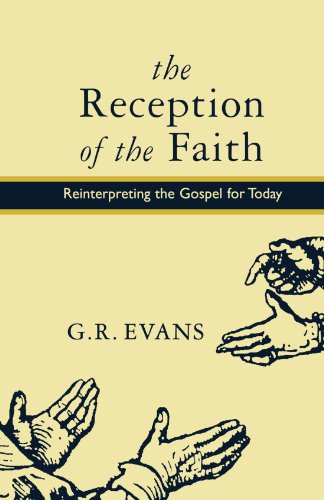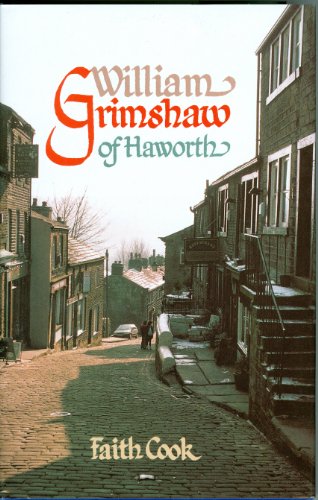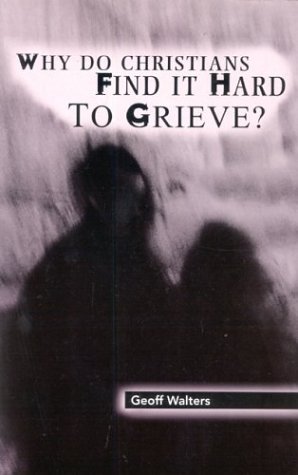Richard Hess has written an excellent commentary that draws upon his expertise in the languages, archaeology and cultures of the ancient Near East. He argues that many of the details of the book ‘cannot otherwise be explained than, or can best be explained, by tracing their origin to the second millennium bc’ (26): the borders of Canaan, the reconnaissance by the spies, the list of nations to be driven out (3:10), the walls falling at Jericho, the robe from Shinar and the wedge of gold (7:24), the names of defeated kings (chs. 10 and 11), etc. But even then he does not try ‘to “prove” the historicity of any part of Joshua’ (31).
Students of Joshua will save valuable time by starting with Hess’s introduction. The section entitled ‘Composition’ provides a good if brief overview of research since Noth’s Überlieferungsgeschichte Studien. The discussion of theological themes is also helpful, and provides the background for later discussion of these themes within the commentary. At the end of each major section a paragraph or two discusses how the material may be relevant to Christians. This will prove helpful to pastors and others looking for ways to preach and apply the message of Joshua. Seven mini-essays entitled ‘Additional Notes’ scattered through the commentary provide additional information, usually on archaeological topics.
Hess also seeks to apply literary approaches to the study of Joshua. He demonstrates that instructions are often given in summary form and then developed in greater detail as they are repeated to various people or implemented, and simultaneous actions are sometimes presented in sequential form (98). This helps to make sense of what appear to be multiple crossings of the Jordan in chapters 3–4, However, Hess does not note this technique in chapter 6, with its multiple occurrences of the commands to go around Jericho. I had also hoped to see more discussion of plot development: how do the major building blocks of the book work together to tell the whole story?
Very occasionally, omission of some relevant data leads to a questionable conclusion. For example, Hess interprets the curse on Jericho in 6:26 to mean that Jericho should remain uninhabited (135), but fails to mention that it was allocated to Benjamin in 18:21, or that it was later inhabited (2 Sam. 10:5). The curse only took effect in 1 Kings 16:34 when tire gates and the foundations were re-laid, which implies that the issue was rebuilding the city as a fortification.
In summary, this is an excellent resource for students and others, showing how the events of the book fit well into a second millennium context.
Terrance A. Clarke
Spurgeon’s College, London







